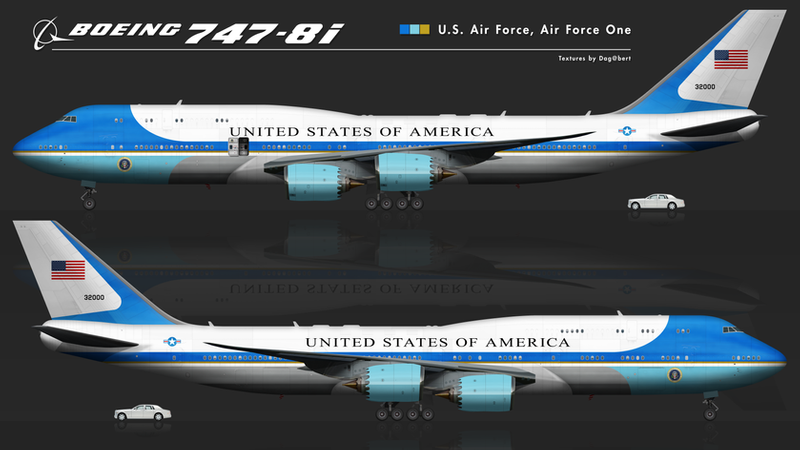Boeing said development costs of the VC-25B program over budget by $1.15 billion

Boeing 747-8 Air Force One
Boeing CEO said he regrets building Air Force One at a bargain for Trump. Ever since George H.W. Bush flew in the first converted 747-200B in 1990, Boeing has enjoyed the distinction of having its flagship plane endorsed by the president of the United States.
Whether that honor has paid off for the Chicago-based aerospace group is another matter.
In its quarterly report, Boeing said costs associated with the engineering and development of the VC-25B program, which replaces the existing two presidential aircraft with modified versions of the 747-8, were already over budget by $1.15 billion.
The bulk of that, around $660 million, were booked the first quarter of this year alone. CEO David Calhoun tried to lay that at the feet of his much-maligned predecessor, Dennis Muilenberg, even though he was already on the board of directors at the time.
“I’m just going to call a very unique moment, a very unique negotiation, a very unique set of risks that Boeing probably shouldn’t have taken,” he told analysts. But we are where we are.”
He was referring to the pressures stemming from a fractious negotiation with Donald Trump four years ago, during which Boeing accepted inflexible terms that ultimately proved disadvantageous to shareholders.
Weeks before Trump even took the oath of office, the president-elect complained in December 2016 that costs for the new Air Force One were spiraling out of control and—according to him—were already estimated at over $4 billion.
“Cancel order!” he tweeted.
After months of talks between his administration and Boeing’s management, both sides contractually agreed in July 2018 for a fixed price of $3.9 billion in exchange for delivery in 2024 of two new planes expected to be in service for another 30 years.
Costly delays to 777-9 program
Although Trump was voted out two years later, Boeing is still on the hook for the presidential planes, and since the initial deal, higher supplier costs as well as rising expenses to finalize “certain technical requirements” were blamed for the budget overruns.
The reason is that the Air Force One program is not indexed to inflation — Boeing is forced to sit on cost increases that have accrued and were not entirely foreseeable at the time. U.S. consumer prices, for example, hit a 40-year high in March.
It’s also not likely the end: “[The] risk remains that we may be required to record additional losses in future periods,” said Boeing.
This is not the first time either that the deal ended up being a bad one for Boeing. Already the previous Air Force One program dubbed VC-25a ran overbudged due in part to the high technical requirements.
The existing pair of converted 747-200Bs delivered to President Bush Sr. back in 1990 are designed to have unlimited range, since they can refuel midair. Among various innovations that turn it into a floating Oval Office, the two planes are hardened to protect against an electromagnetic pulse (EMP), such as that emitted from a nuclear blast, that can down other aircrafts by frying their onboard electronics.
While the company received a fixed $280 million from the Air Force, it reportedly cost $660 million in the end to deliver them as promised.
On Wednesday, investors abandoned Boeing in droves, bailing out as shares entered a tailspin. Part of the hefty 12.5% intraday decline also stemmed from news of a delay to the 777-9 civilian aircraft program due to a rigorous certification process. It finished the session down 7.5% to close out at $154.46 a share.
